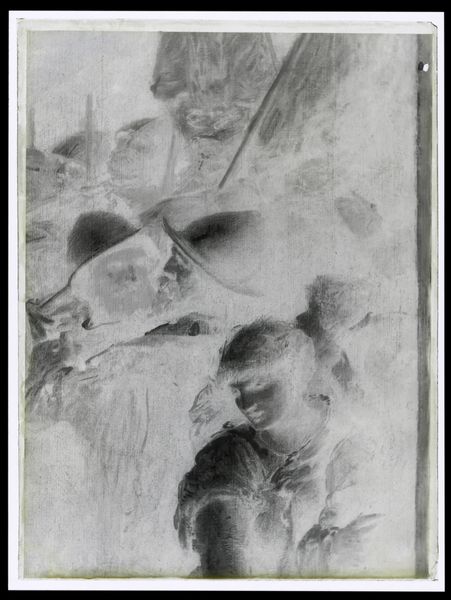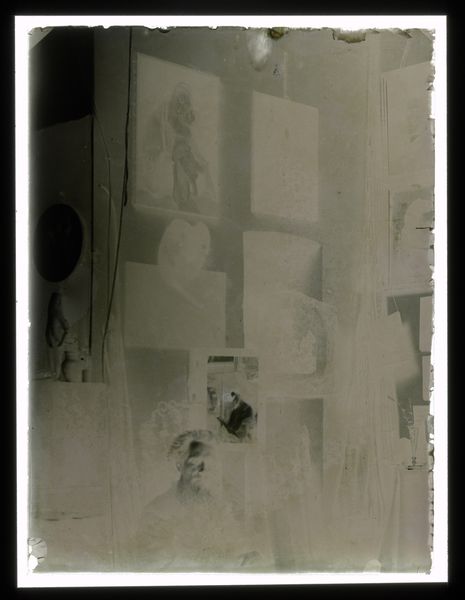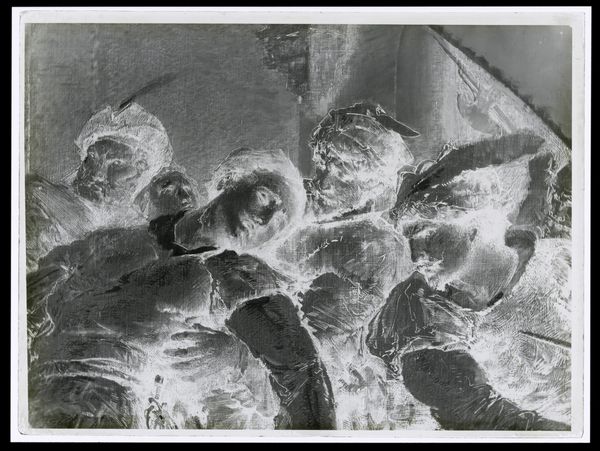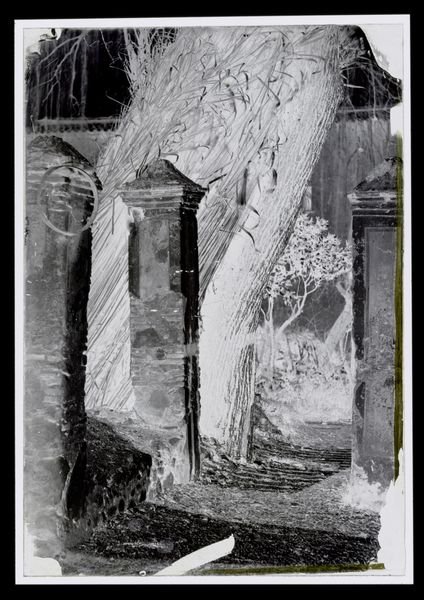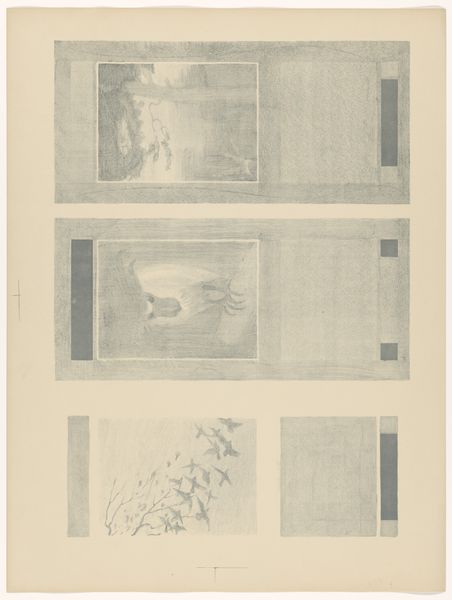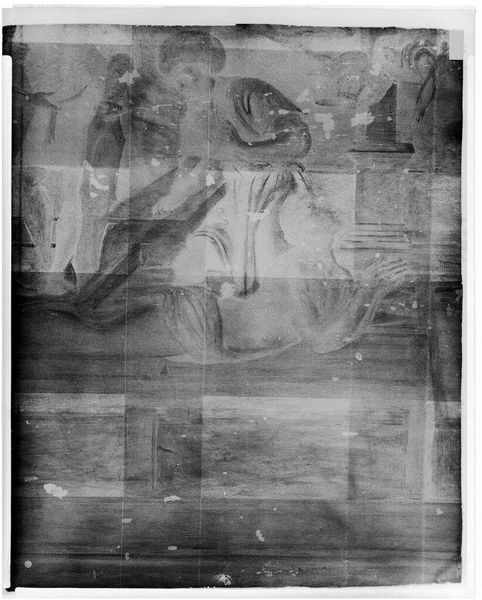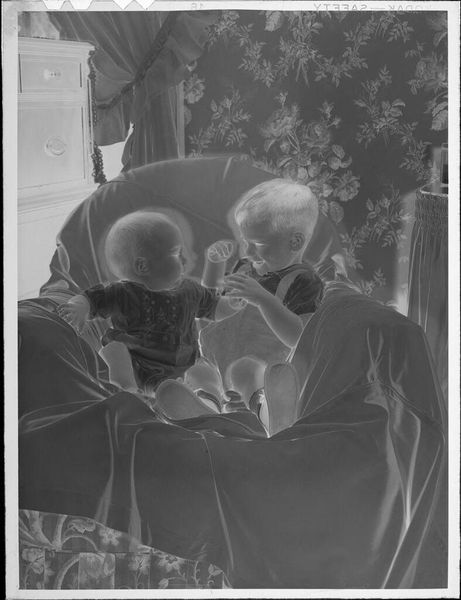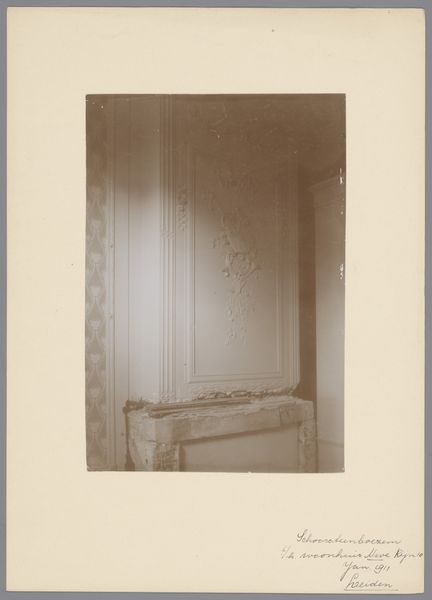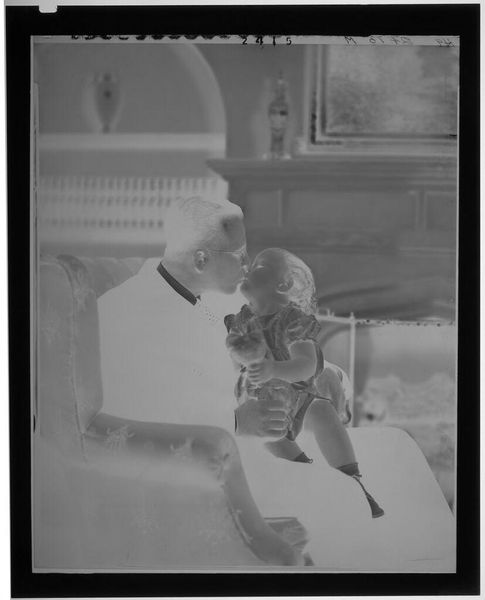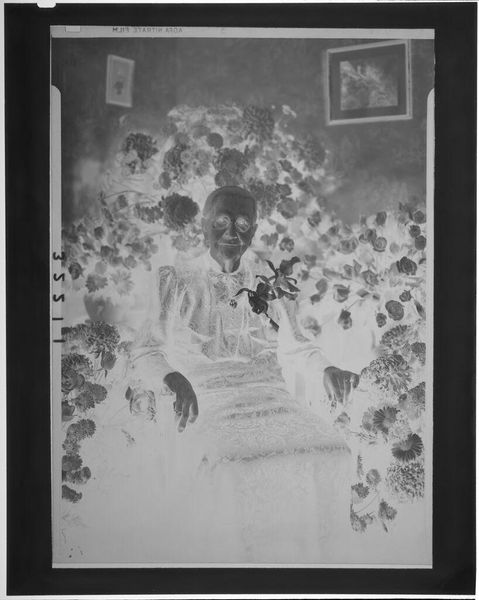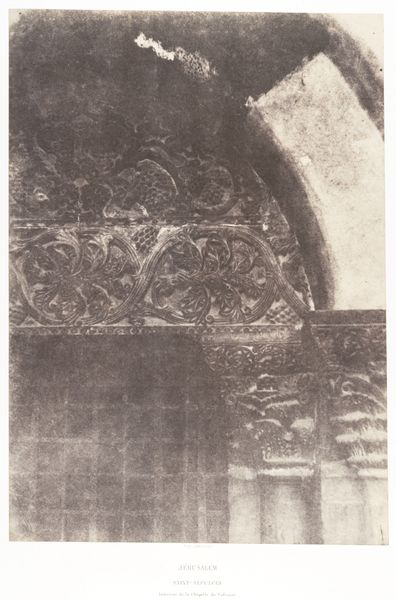
Fotoreproductie van een schilderij van een groep mensen bij een balustrade c. 1865 - 1900
0:00
0:00
print, photography
#
portrait
# print
#
charcoal drawing
#
photography
#
group-portraits
#
academic-art
#
realism
Dimensions: height 179 mm, width 239 mm
Copyright: Rijks Museum: Open Domain
Editor: This is a photographic reproduction of a painting titled "Fotoreproductie van een schilderij van een groep mensen bij een balustrade," created sometime between 1865 and 1900, likely by Laurens Lodewijk Kleijn. It's striking how the grayscale tones create this dreamlike, almost ghostly, atmosphere. The people seem suspended in time. What are your thoughts when you look at it? Curator: The ethereal quality you mention is key. Considering the period, this image pushes us to think about representation, visibility, and power. Who is included in this privileged view from the balustrade, and who is excluded? This photograph, likely depicting an elite gathering, highlights the inherent biases in image-making itself during this era. How do you see the composition reinforcing or challenging social hierarchies? Editor: That's a really interesting angle! I hadn't thought about it that way. I suppose the very act of commissioning and creating this group portrait implies a certain level of societal privilege and a desire for historical legacy. But, the hazy execution also feels a bit...vulnerable? Curator: Exactly! That tension is fertile ground. Think about the photographic process itself in relation to early ideas of race, class, and gender. Photography was often used, problematically, to categorize and control populations. What stories might these blurred faces obscure, and whose narratives are amplified by being present in the frame at all? Consider, also, who had access to commissioning such works. Editor: So, it's not just about what's in the picture, but about the power structures that allow the picture to exist in the first place. It definitely gives me a lot to think about in terms of whose stories get told and remembered. Curator: Precisely! The image becomes a site of inquiry, prompting us to interrogate not only its content, but its very existence and circulation within society. These layered questions offer more honest encounters with works such as this one.
Comments
No comments
Be the first to comment and join the conversation on the ultimate creative platform.
